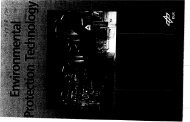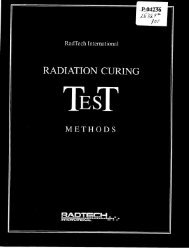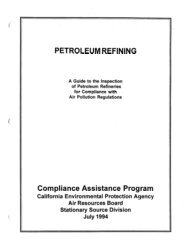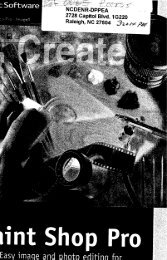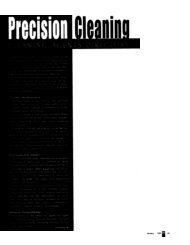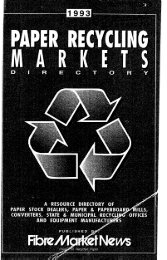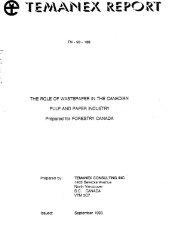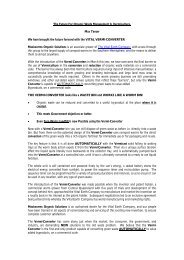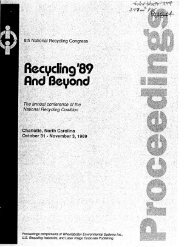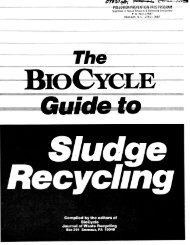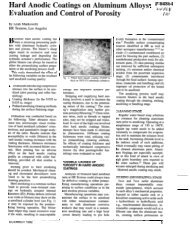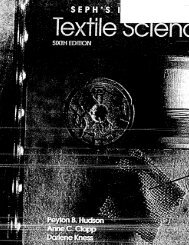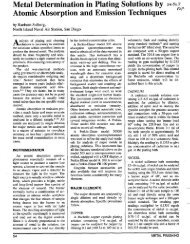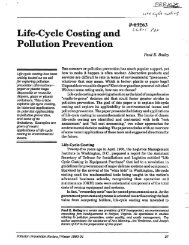Electronic Parts/Guidelines - infoHouse
Electronic Parts/Guidelines - infoHouse
Electronic Parts/Guidelines - infoHouse
You also want an ePaper? Increase the reach of your titles
YUMPU automatically turns print PDFs into web optimized ePapers that Google loves.
of imprinting is preferred as this process allows flexibility in resin recycled content identification. It<br />
also adds little expense to tool development or the piece price of molded cushion parts. Each time a<br />
cushion is molded, the resin identifier (eg, six for EPS) and recycled content will be permanently dis-<br />
played on the molded part.<br />
Fabrlcsted <strong>Parts</strong>: It is recommended that fabricated parts including those made of polyurethane or<br />
polyethylene similarly apply the resin identifier using either hot wire imprintlng or a stamp which prints<br />
the appropriate mark using permanent ink. Caution must be used when selecting the ink and location<br />
to ensure it does not smear or transfer to the machine covers. Each individual component must be<br />
marked.<br />
4.9.4 <strong>Guidelines</strong> for Recycled Resin Content<br />
Plastic packagings must be manufactured using postconsumer recycled resin in quantities specified in<br />
Table 10. This requirement is contingent upon the existence of processes that produce equivalent per-<br />
forming materials. For example, polyurethane foams are produced using a process that does not<br />
permit recycled resin to supplement virgin material. Polystyrene and polyethylene packaging foams<br />
are currently produced using a process which allows recycled and virgin resins to be mixed during<br />
manufacturing. With proper cushion design, virgin resin can currently be supplemented by as much as<br />
25% recycled resin with no degradation in performance.<br />
The total amount of recycled resin required increases according to the date of manufacture. The<br />
implementation schedule is provided below:<br />
Implementetlon Date<br />
Total Minlmum Recycled Resin<br />
(% weight):<br />
12/31/92 5%<br />
12/31/93 10%<br />
12/31/94 15%<br />
12/31 /95 20%<br />
Table 10. Required Posrconsumer Contribution of Material<br />
4.9.5 Engineering Specifications for Plastics<br />
Recommendations:<br />
1. Include the recycling symbol on molded and fabricated parts.<br />
2. Modify Engineering or purchase specifications so as to encourage the use of recycled materials in<br />
packaging.<br />
3. Virgin resin should be supplemented with recycled material to produce a greater yield of molded<br />
part.<br />
Note: A cushion's physical properties may be adversely affected by inclusion of too much<br />
regrind material especially when molding smaller or complicated forms. When molding<br />
these shapes, the virgin resin and recycled component do not always properly fuse to<br />
one another.<br />
iBM Engineering Specification 5897661 should be used to promote the recycling of plastic packaging<br />
materials. The specification is available by contacting:<br />
Worldwide Distribution Engineering Services<br />
Department W29<br />
P.O. Box 12195<br />
Research Triangle Park, NC. USA 27709<br />
Recycling 31



